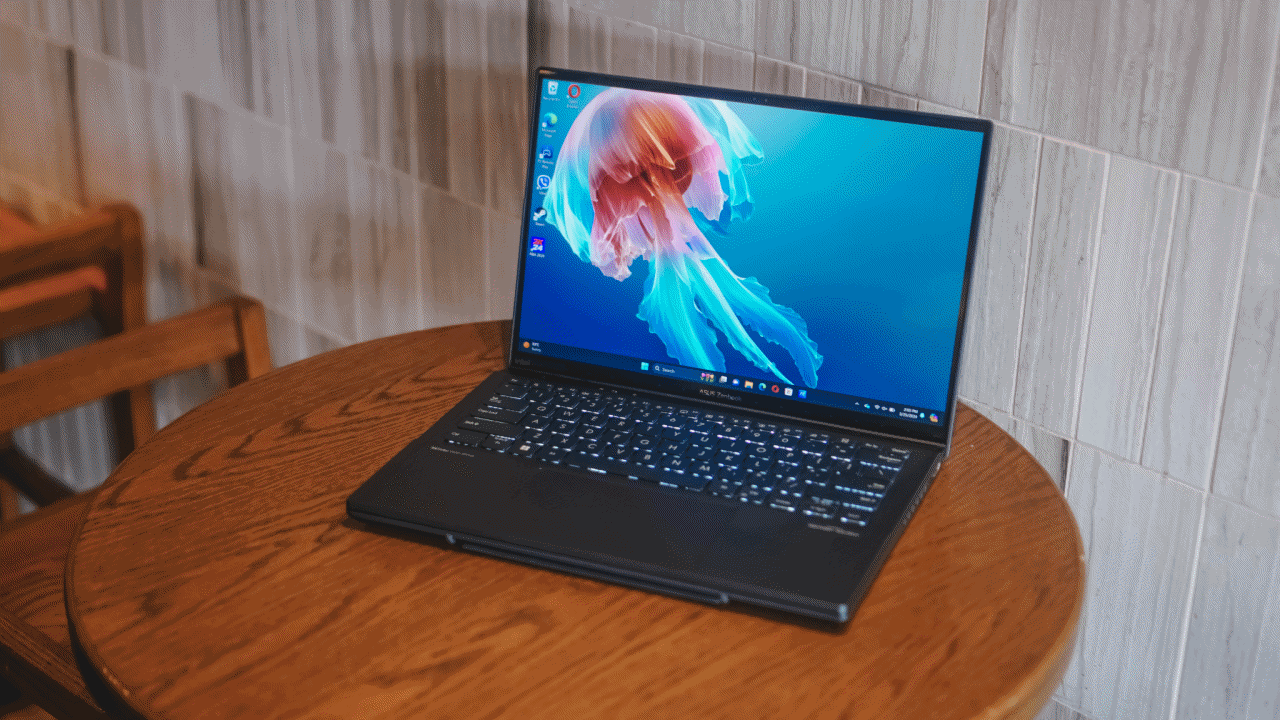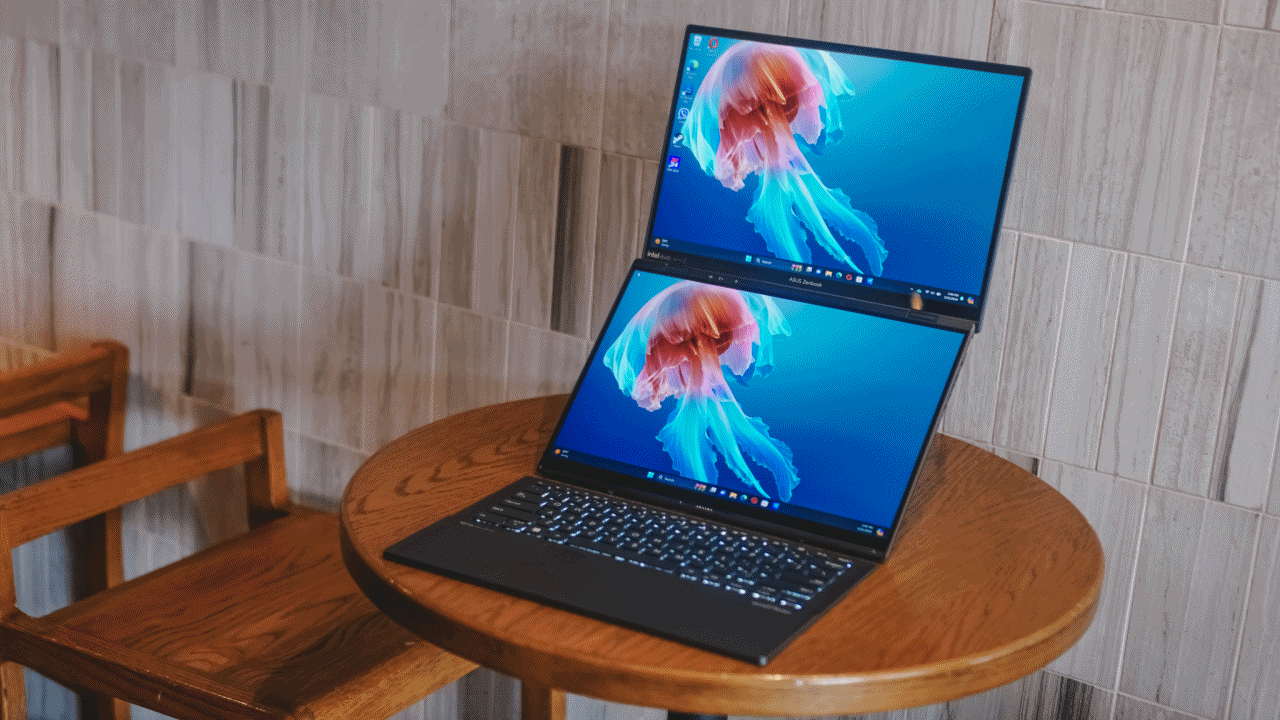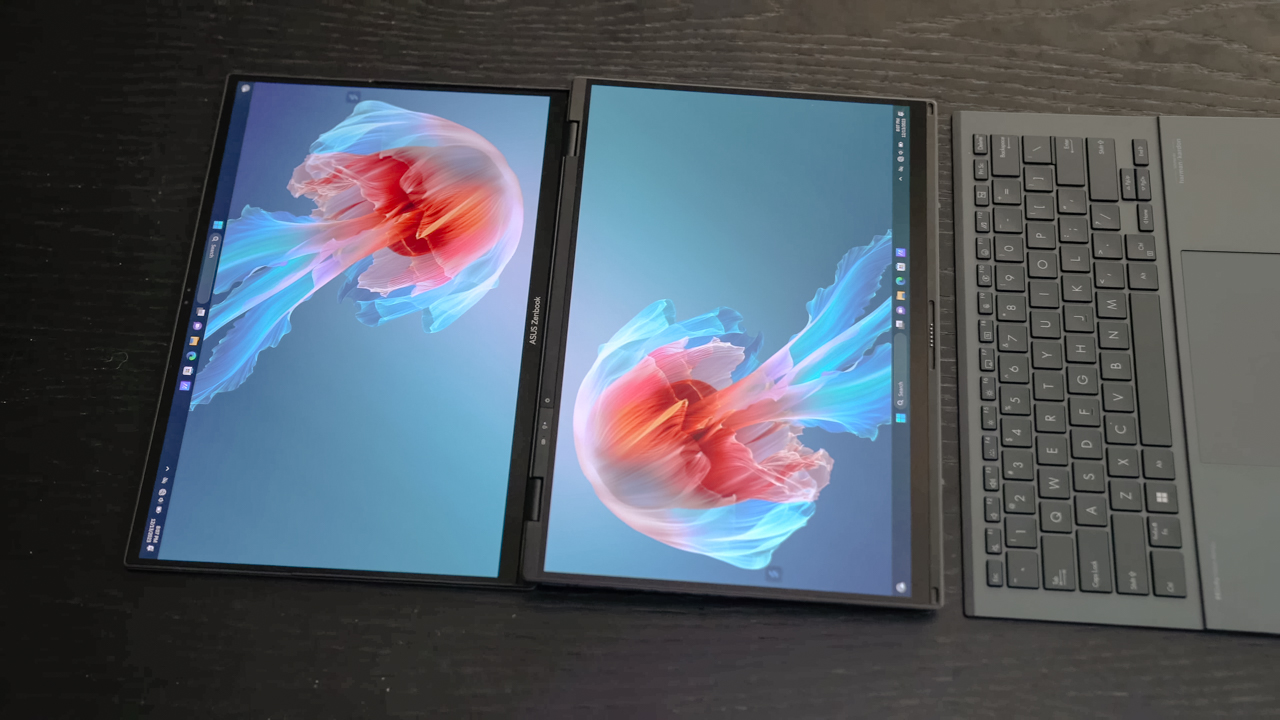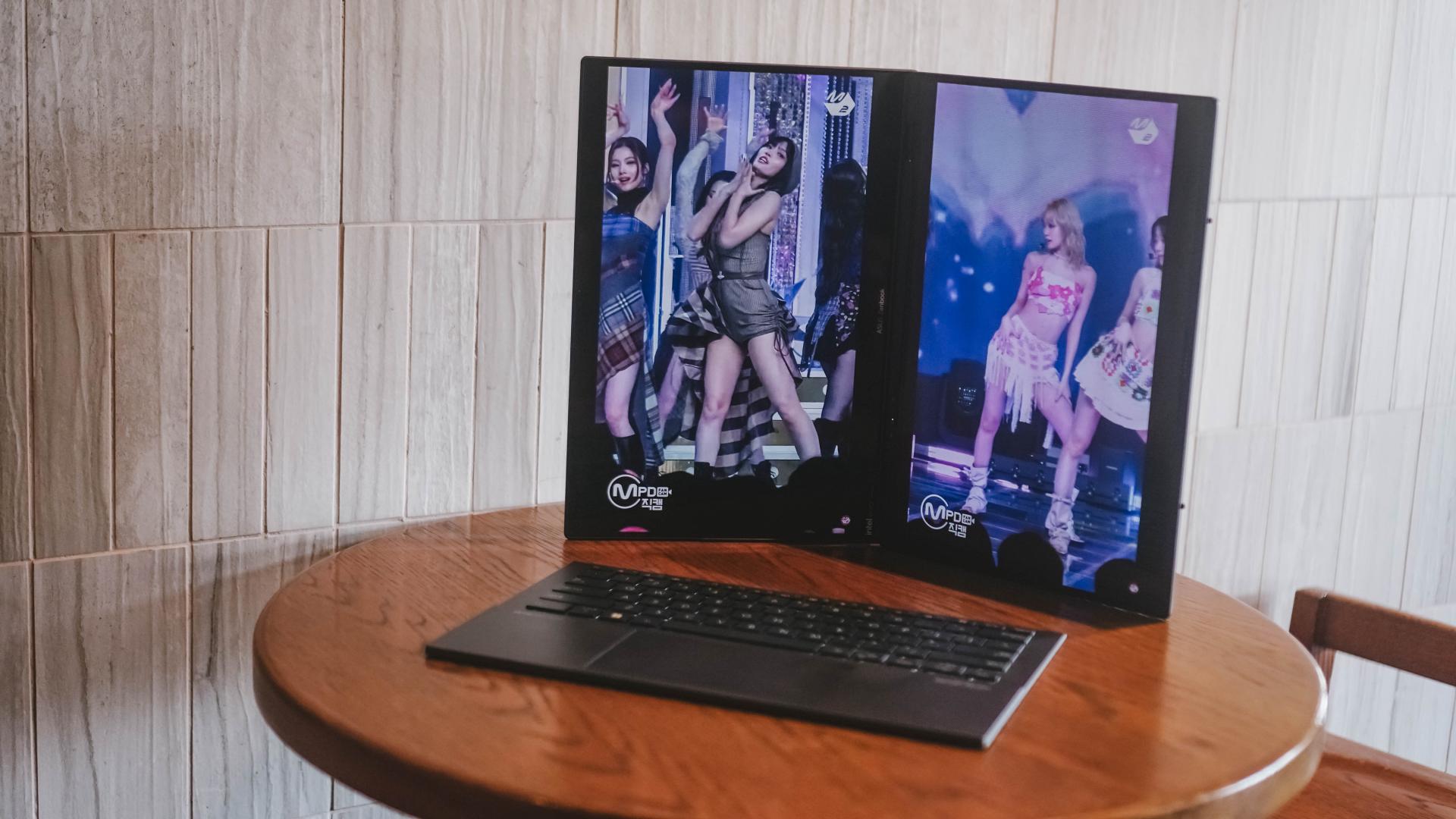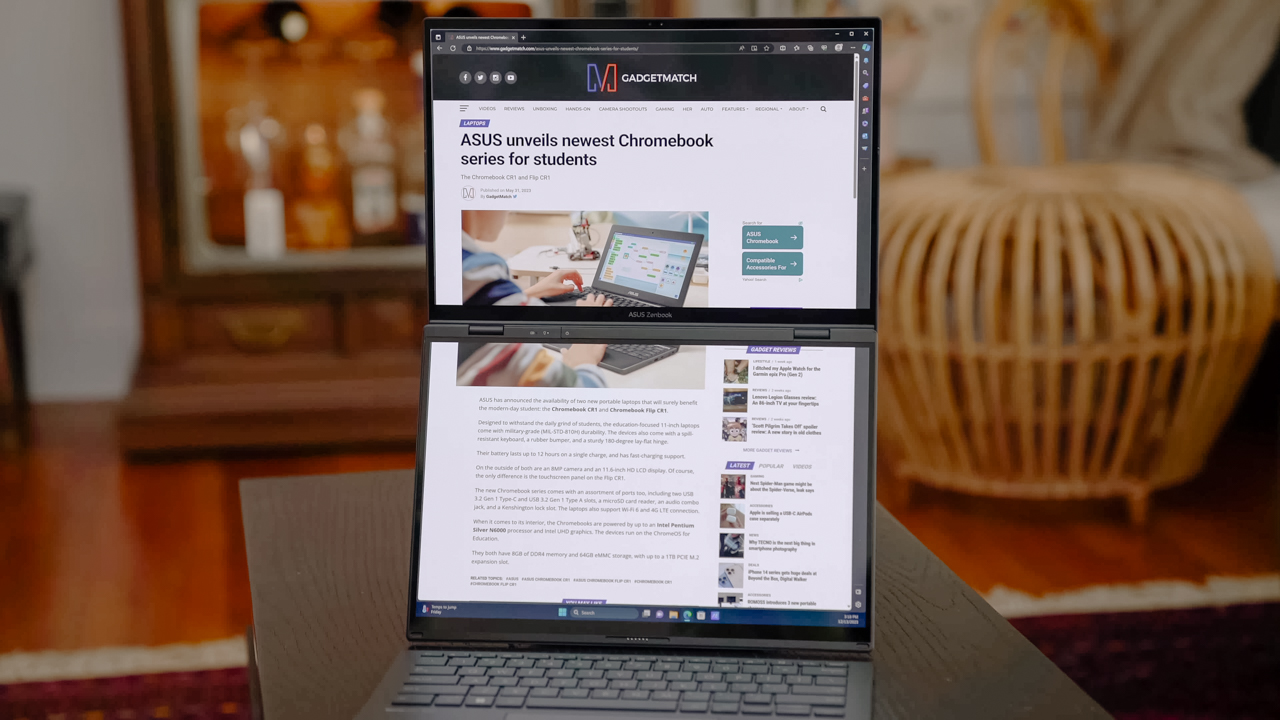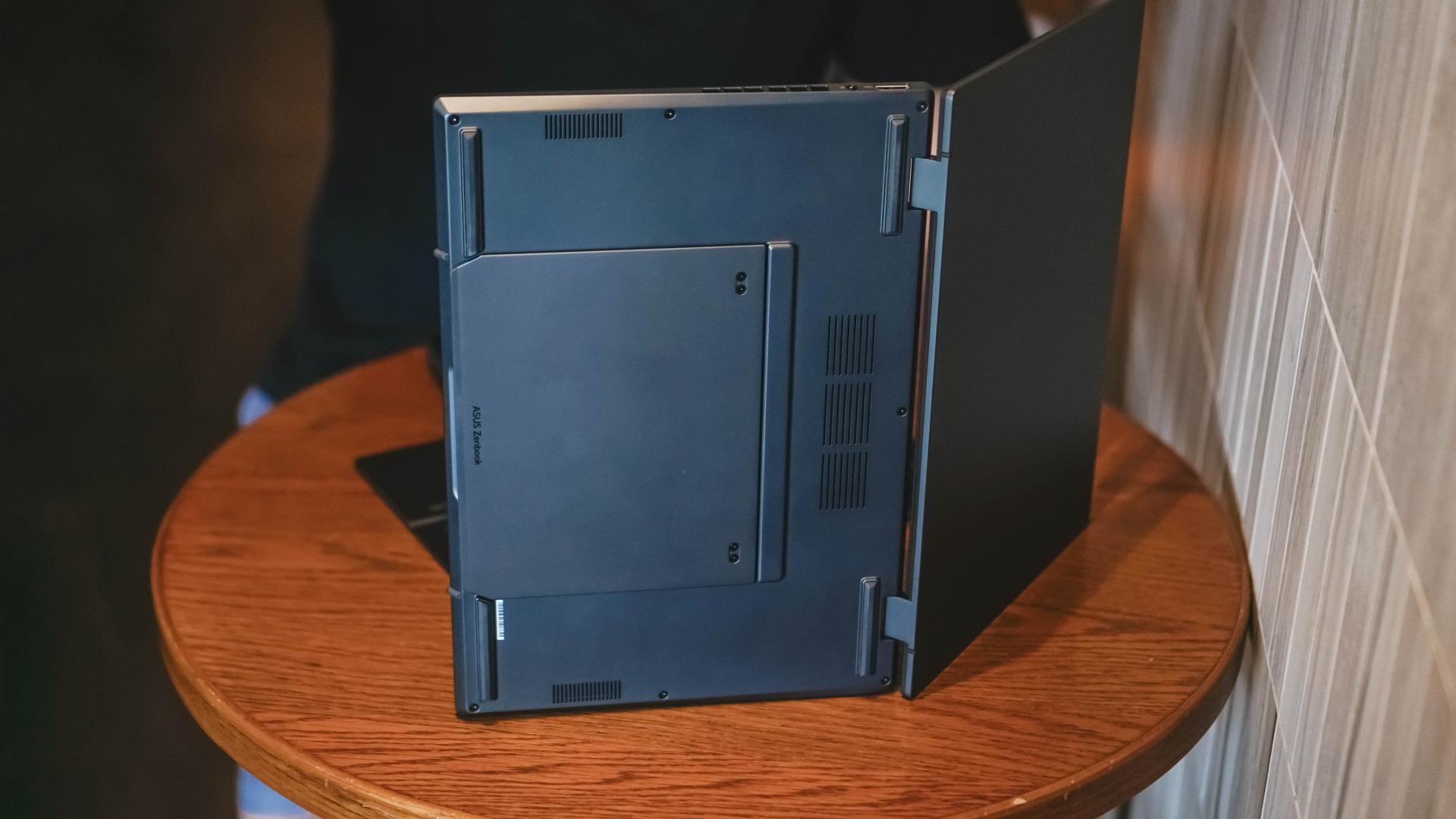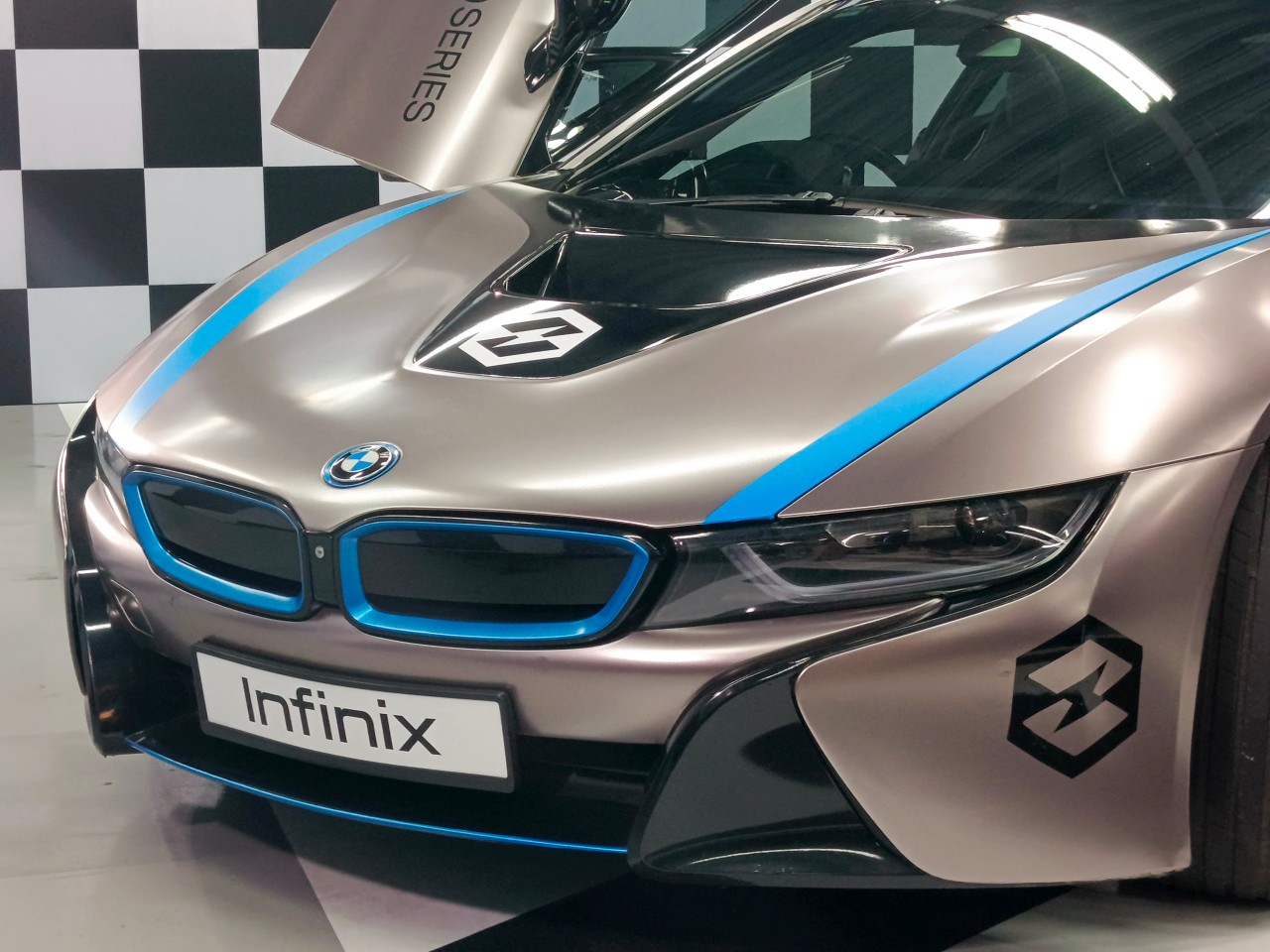Features
Of disruptors, flagships, and price points
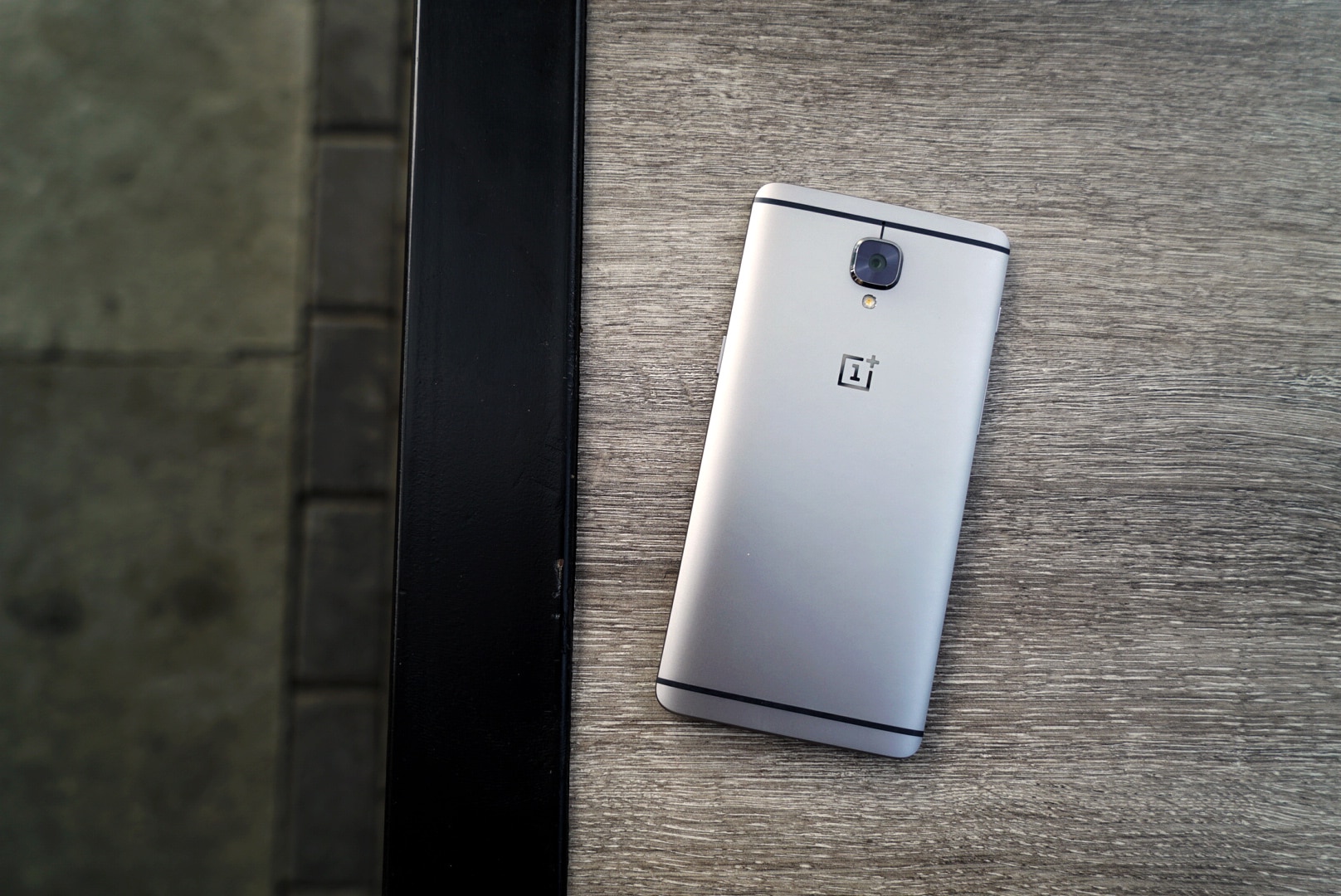
What makes a smartphone a flagship phone?
Just the other day, during a weekly chat over drinks, the GadgetMatch team found ourselves in a conundrum.
While a few years back the answer was simple, these days, the imaginary lines that separate phone classes are getting murkier. That’s especially true in 2016, a year where up-and-coming brands are disrupting price points by introducing the same kinds of phones for less.
Companies like ASUS and OnePlus both offer smartphones that can compete with the best of 2016 at almost half the price. No buts, no ifs, no compromises.
The only thing separating the cream of the crop are features that are great to have but otherwise completely unnecessary: a 4K display, like most high-end televisions; water resistance; and modularity. But when it comes to high-end essentials, the disruptors have it all.
Next week, I’ll be off to New York to cover the launch of the Samsung Galaxy Note 7, the latest in a trio of high-end phones by the world’s largest smartphone manufacturer. If its little brother, the Galaxy S7, is any indicator, expect the Galaxy Note 7 to be one of the best smartphones 2016 will see.
The Note 7 has everything that makes the S7 great: a gorgeous design, weatherproofing, expandable storage, a top notch camera, a built-in stylus, and, possibly, an iris scanner for security.
I haven’t settled on my favorite phone this year yet, one that’ll I’ll keep and use everyday for a year. But in my quest for the best smartphone technology has to offer, the Galaxy Note 7 is sounding like the perfect candidate.
My current daily driver, for all of two weeks, is the OnePlus 3. One of those disruptors I’ve been talking about. The OnePlus 3 is a gorgeous $400 smartphone: all metal, with rounded edges and an ultra-slim frame.
It’s just the right size; runs one of the best Android skins I’ve used; and comes with almost all the bells and whistles I look for in a phone: fast charging; fast fingerprint scanning; and a great camera. The only high-end features this phone doesn’t have are water resistance, a 2K display, and a rich ecosystem of compatible apps, accessories, and companion devices.
But I’m okay with that. In fact, the more time I spend with the OnePlus 3, the more I tell myself, this is actually a phone I don’t mind using daily. Scratch that—this is a phone I actually enjoy using. All of a sudden, my world is turned upside down. Maybe I don’t need a $700 phone? My current $400 phone costs significantly less, but it makes me happy.
Late last week, in Vietnam, another disruptor, Taiwanese tech brand ASUS announced two new smartphones, the ZenFone 3 Laser and ZenFone 3 Max. While ASUS has a phone that competes directly with the OnePlus 3, the equally impressive ZenFone 3 Deluxe, the two just-announced phones compete at another, much lower price point. But they too are disruptive.
Also last week, we were given an opportunity to take these yet-to-be released devices for a dry run. Our verdict? Both of them are significantly better than their predecessors. Our only dilemma, how to classify them. Are they midrange phones or budget phones? Between their specs and price tags, it’s hard to tell.
Which brings us back to the question, what makes a smartphone a flagship phone? Or, for that matter, what makes a budget phone? A midrange phone?
When everything was much simpler, the answer had to do with design, choice of materials, and specs. But now, even those at lower price points, some smartphones are designed well, made from premium materials, and come with impressive specs and features. Now that the playing field is somewhat equal, it all boils down to price.
For disruptors OnePlus and ASUS, it’s a question they both currently face, weeks before for their upcoming launches in the Philippines. I expect both their flagship offerings to come in at around P20,000 ($420). With both phones equally matched in terms of specs, whichever is more affordable is likely to win.
But it’s not just about these two phones. What about the flagships whose popularity they intend on disrupting?
At around the same time both the OnePlus 3 and ASUS ZenFone 3 Deluxe are supposed to go on sale, so should the Samsung Galaxy Note 7 for about P40,000 ($850). The Galaxy S7 is slightly cheaper, about P35,000 ($740).
Bleeding-edge tech comes at a premium, but I wonder, if for the casual consumer, it is worth it. Will there come a time where users, spoiled by the promise of a premium smartphone experience for less, reject the idea of any expensive phone?
Maybe we’ve hit the nail on the head. Maybe a flagship phone is about a premium experience.
I own another phone, a second daily driver, the iPhone 6S—a smartphone so great, that on paper has never competed head-to-head with all the other greats in terms of specs, but nevertheless continues to impress.
Case in point: the budget ASUS ZenFone 3 Laser has 4GB of RAM, twice that of the premium iPhone 6S. What Apple does, however, to justify its higher price points, is that it controls all the moving parts so that the internals can take a step back and users can focus on the usage experience instead.
The challengers to Apple and Samsung seem to have caught on that principle. When you unbox the OnePlus 3, enclosed is a letter from OnePlus co-founder Carl Pei. His message is simple: “Never settle.”
The thinking at ASUS isn’t very different. ASUS CEO Jerry Shen tells me the ZenFone is about “empowering luxury.” It’s about perfecting the smartphone experience and making it possible for everyone to afford this experience.
In a world where the common belief is you get what you pay for, it is intriguing to find that premium doesn’t have to cost so much. And while I appreciate how tech companies innovate with curved displays, super-fast charging, and the like, perhaps the biggest smartphone innovation of 2016 is something less tangible.
Perhaps it’s about premium experiences we can all afford.
[irp posts=”8433″ name=”Best smartphones of 2016″]


We are fans of what ASUS did with their latest dual screen offering — the ASUS Zenbook DUO 2024. The Zenbook Duo isn’t exactly new. ASUS has been adding extra screens to their laptops whenever they can — but never quite like this.
You see, ASUS managed to put a literal second display but still make it compact enough to fit most bags with provision for 14-inch laptops. As cliché as it sounds, the Zenbook DUO 2024 is an engineering marvel.
However, it’s more than just a gimmick. In our review, we noted how the form factor lent to a slight boost in productivity despite us not maximizing the product just yet. With that, let us share with you our favorite things about the ASUS Zenbook DUO 2024.
A unique mode for every scenario
A built-in, sturdy kick-stand unlocks the many possibilities available to the Zenbook DUO 2024. Some of the modes are: Laptop, Dual Screen, Desktop, and Sharing.
Each one lends itself nicely to different work and media consumption scenarios. Don’t feel like showing off? Keep things discreet and save some battery life with laptop mode.
Need two screens? Switch to either Dual Screen or Desktop mode to take advantage of more screen real estate.
Presenting something to someone across the table? Sharing mode lays the laptop flat allowing for easier viewing.
The ability to morph to different modes depending on your needs is astounding. The best thing is that it is both functional and can serve as an ice breaker.
Oh and we’ll never tire of sharing how the Desktop mode is perfect for watching two K-Pop fancams at the same time.
Screen Xpert for the dual displays
This form factor won’t work without the right software support backing it. To that end, ASUS made Screen Xpert. What it does is essentially let you adjust the layout of the apps according to your needs.
You can have up to four (4) apps live viewed at the same time. For our part, we usually only divided the screen to two, using one to reference a review guide or press release while writing news articles and/or reviews.
But if you’re monitoring certain things, this will be pretty helpful having multiple windows laid out right away to get a quick overview of things is a godsend.
The best thing is that a lot of these functions work intuitively. There’s a single button you can press to easily switch what’s displayed on the two screens.
If you want more granular control, you can have the Screen Xpert floating bar ready at your disposal. Here you can control the brightness level of each screen individually. You also have the ability to change the orientation of each screen to your liking.
There are also App Switcher and App Navigator functions to give you a better, more seamless way to layout the apps you use so that it’s most efficient for your needs.
AI, Copilot, and more
Something we didn’t mention much in the review is how the laptop is built with the AI age in mind. Powered by Intel Core Ultra 7 155-H, this thing is equipped with an NPU chip to aid in on-device AI tasks.
There’s stuff that happens in the background like making sure the AI-related tasks are processed with the NPU while the main CPU handles the rest. In the simplest terms, the Intel Core Ultra 7 is smart enough to delegate a task to the chip that will best execute it. That results in a more optimized overall performance.

Copilot is one of the biggest AI additions to any Windows machine. The possibilities are close to limitless. For our part, we’ve only really played around with Copilot Designer. But there’s so much more that you can do with it. Just remember to always check the results. Every AI output still needs a human touch.
AI is also present in other functions like noise cancellation and the camera. AI Noise Cancellation makes sure you can hear and be heard no matter what scenario you’re in. It’s perfect for remote workers who do not exactly have control over their immediate surroundings.
Meanwhile, AiSense Camera works not only as a Full HD IR camera. It also automatically detects the lighting levels in your environment and adjusts brightness levels accordingly. You also get functions like auto-framing and background blur. Lastly, there’s the slightly creepy Eye Contact feature that locks your gaze to the camera. It can be a bit disorienting so maybe pick the occasions when you’ll use it.
GlideX
Working beyond this dual screen laptop? ASUS also made sure to equip the Zenbook DUO 2024 with software that makes adding even more screens a no-sweat task.
With GlideX you can easily connect your Zenbook DUO 2024 with smartphones, tablets, or even another PC. Even better, it’ll give you the option to control everything from a single device.
DUO more
For a first-of-its-kind device, the ASUS Zenbook DUO 2024 is pretty darn polished. That’s thanks largely to the company experimenting with dual screens long before releasing this dual screen machine.
The Zenbook DUO 2024 literally lets you do more, providing options for flexibility that will help you optimize your workflow so you can finish your tasks more efficiently. This is more than just a gimmick device, it’s actually helpful and that’s because ASUS took the time to fit it with the proper software support.
More on the ASUS Zenbook DUO 2024 here.
This feature is a collaboration between GadgetMatch and ASUS Philippines.
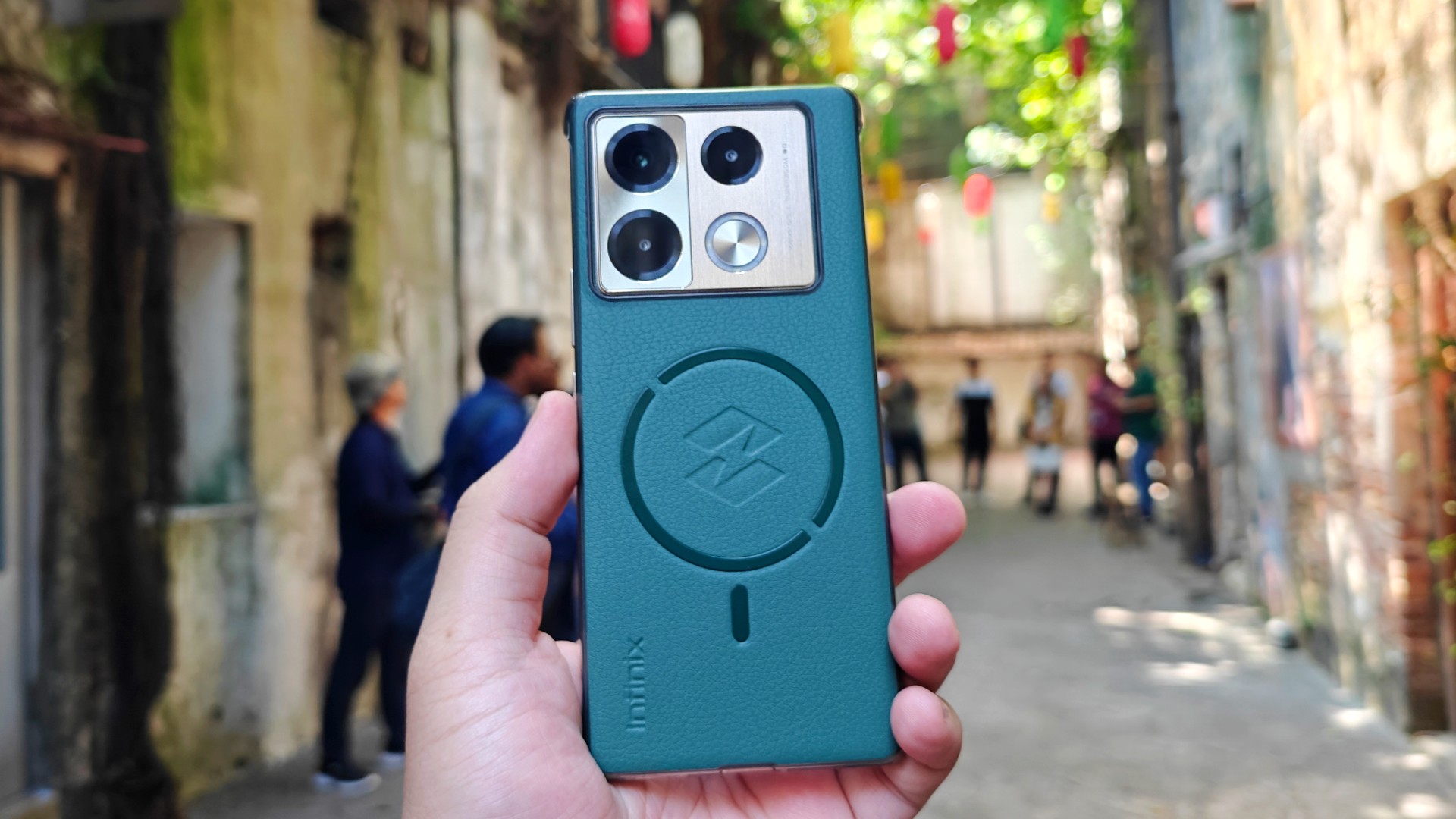
The Infinix Note 40 Pro+ 5G prides itself in its charging technologies. But what about its camera capabilities? Well, here’s a quick round-up of the many photos we took around the time the Note 40 series was launched in Kuala Lumpur Malaysia.
The NOTE 40 Series features a 108MP main shooter with 3x Lossless Superzoom. It also has OIS for steadier shots when taking videos.
The edits applied to the photos here only some resizing and cropping to make the page easier to load. Take a look at all these sample shots
Infinix Note 40 Pro series launch day
Kwai Chai Hong/ ‘Little Ghost Lane’
Petaling Street (Chinatown)
In and around Central Market
Bank Negara Malaysia Museum and Art Gallery
Istana Negara entrance
Merdeka Square
Malaysian Bak Kut Teh and more
Petronas Twin Towers at night
Steady shooter
The Infinix Note 40 Pro+ 5G isn’t a stellar shooter. But at its price point, it’s pretty darn decent for capturing different scenarios. Take these photos into some editing software and you can certainly elevate their look.
The NOTE 40 Pro+ 5G is priced at PhP 13,999. It may be purchased through Infinix’s Lazada, Shopee, and TikTok Shop platforms, where customers can get up to PhP 2,000 off. Additionally, the first 100 buyers can get an S1 smartwatch or XE23 earphones. Alternatively, customers may opt for the Shopee-exclusive NOTE 40 Pro (4G variant) for PhP 10,999.
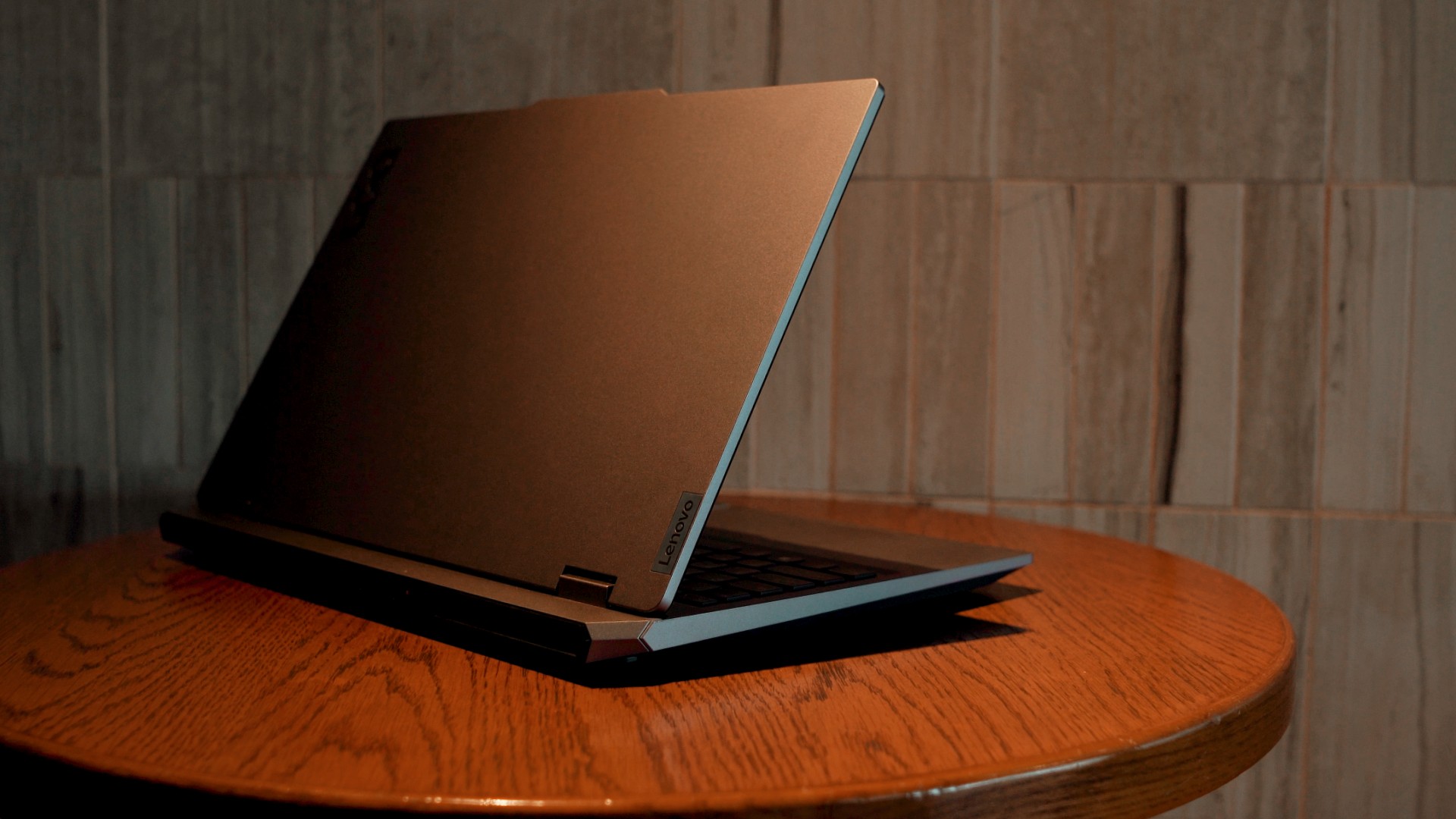
Get your game on with the Lenovo LOQ 2024. This capable laptop is your entry point to PC Gaming and a lot more.
It comes an absolutely affordable price point: PhP 48,995.
You get capable hardware and the hood to support gaming and more. The Lenovo LOQ 15IAX9I runs on the 12th Gen Intel Core i5 processor and Intel Arc Graphics.
Those are key to bringing unreal graphics to this segment. Supporting latest tech like DirectX 12 Ultimate, players are able to enjoy high frame rates on the Lenovo LOQ.
Creating content? It comes with AI Advantage to help boost performance. Engines and accelerators boost the media processing workloads especially for creatives. It also works with Intel’s X Super Machine Learning, Leading to images that are as close to reality.
The laptop supports a configuration of up to 32GB of RAM and 1TB of SSD Storage.
As for its display, the device has a large 15.6-inch, Full HD panel that is more than enough for gaming, video editing, content consumption, and whatever else you do on a laptop. This display has 144Hz refresh rate, 300 nits brightness, and anti-glare.
Videos come out clear, crisp, and realistic. Audio is punchy and as loud as it gets. Windows Sonic elevates it more when you use headphones. And it just takes a few minutes to render HD videos on editing software.
As it runs on Windows 11, if you are going to use it for work, you can take advantage of various features. The Lenovo Vantage Widget is there for constant reminders, Copilot will help you organize your tasks, and Microsoft Edge is there for casual browsing.
There is an assortment of ports at the back for easy connectivity. And as this is meant for gaming, we put it to the test. Racing that looks better with high frame rate? Check. Shooting titles that require heavy work? Not a problem. You can play all your favorites and not worry about performance.
Best of all, it takes less than an our to juice up this laptop all the way to 100%.
So, whether you’re looking to get started with PC Gaming, or an upgrade for work and entertainment needs, the Lenovo LOQ has you covered.
This feature is a collaboration between GadgetMatch and Lenovo Philippines.
-

 Events2 weeks ago
Events2 weeks agoStellar Blade: PlayStation taps cosplayers to play Eve for game’s launch
-

 Features2 weeks ago
Features2 weeks agoFortify your home office or business setup with these devices
-

 Accessories2 weeks ago
Accessories2 weeks agoLogitech unveils G Pro X 60 gaming keyboard: Price, details
-

 Reviews1 week ago
Reviews1 week agorealme 12+ 5G review: One month later
-

 Gaming1 week ago
Gaming1 week agoNew PUMA collection lets you wear PlayStation’s iconic symbols
-

 Deals2 weeks ago
Deals2 weeks agoTCL P635 TV: Big savings for TCL’s anniversary
-

 Accessories1 week ago
Accessories1 week agoMarshall Major V: Reasons Why I Love It
-

 Gaming1 week ago
Gaming1 week agoMore PlayStation 5 Pro specs have been leaked








